As green environmental protection, energy saving and emission reduction have gradually become the themes of the Chinese market and society, government supervision has been increasing year by year, and the requirements for low energy consumption of various products have become stricter. From small household appliances such as razors and hair dryers to industrial automation production lines, a wide variety of motors play a central role in various consumer products and industrial products. In order to achieve the goal of energy saving and environmental protection, motor control technology has become particularly important. For the Chinese market, while actively promoting high-performance, low-power RX microcontrollers, Renesas also developed the RAMDA algorithm, an advanced motor control solution with completely independent intellectual property rights, to build high-performance, high-reliability permanent magnet synchronous motors Drive solutions to help customers develop a new generation of green and environmentally friendly new products. The number of household appliances is huge, and the total energy consumption is also very considerable, which is the focus of national attention. In particular, the energy efficiency requirements of air conditioners, which are large energy consumers in household appliances, are increasing year by year, and the driving technology of the air conditioner compressor is the key technology to improve energy efficiency. • RAMDA algorithm is an advanced variable frequency drive solution provided by Renesas Electronics, and Renesas Electronics has completely independent intellectual property rights. The following figure shows the RAMDA control logic block diagram: • Variable DC bus voltage • Adjustable overall efficiency of the frequency conversion system Based on A-PAM, users can accurately control the output value of the DC bus voltage, and provide sufficient DC bus voltage on the premise of ensuring the overall efficiency of the system. Compared with traditional PFC, A-PAM can limit the output value of DC bus voltage, and the efficiency of PFC circuit is relatively high. By limiting the DC bus voltage, customers can choose filter capacitors with lower withstand voltage levels to achieve lower system costs. For example, in a single-phase 220V power supply system, the output DC voltage of a traditional PFC is generally 350[V]-390[V], and the system designer will choose a 450[V] withstand voltage filter capacitor. After adopting A-PAM technology, the DC bus voltage can be limited to a maximum of 340[V]±1[V] according to the change of load in real time, and the system design can choose 400[V] withstand voltage filter capacitor, which reduces the system Hardware costs. RAMDA algorithm provides basic permanent magnet synchronous motor drive function, based on the basic parameters of the motor (number of poles, winding resistance, synchronous inductance, maximum magnetic flux, moment of inertia) to make the motor run efficiently and stably. The RAMDA algorithm is unique in its original torque control algorithm. Single-rotor motors are commonly used in home appliances, such as air-conditioning compressors. Driven by ordinary algorithms, a single-rotor structure motor will cause system vibration. This kind of vibration is harmful. Take the air-conditioning system as an example. In the case of low speed (below 30[rps]), system resonance will be formed, the system noise will increase, and in severe cases, the stress concentration point of the air-conditioning system will be damaged. In high-speed operation, the peak value of the motor phase current is high, the harmonics are large, and the high-frequency noise is high, and it limits the output capacity of the inverter. In response to such market requirements, the RAMDA algorithm includes the following two torque fluctuation compensation technologies: •G-type torque control Under the action of G-type torque control, the system vibration reaches the lowest level, so as to ensure the smooth and normal operation of the system at low speed, and expand the low frequency range of the actual operation of the system. It can be seen from the figure below that G-type torque control can greatly reduce system vibration when it is lower than 30 [rps]. •M-type torque control Under the action of M-type torque control, the frequency converter outputs a constant torque, and the peak value of the motor phase current waveform decreases, reducing harmonics and power loss, and reducing system noise. The figure below shows the comparison of the motor phase current waveform under M-type torque control and the motor phase current without torque control. Phase current waveform without torque control Phase current waveform during M-Type torque control Cooperate with A-PAM technology to improve the utilization of DC bus voltage, and over-modulation will bring harmonic distortion. In order to overcome this defect, the RAMDA algorithm limits the harmonic distortion to less than 10%. By accurately calculating the relationship between the modulation degree and the ratio of the output voltage to the DC bus voltage, the RAMDA algorithm has developed an original over-modulation algorithm. As shown in the figure below, if the modulation technology is not applied, the maximum modulation degree can only reach 1.15. Try to avoid saturation of the output voltage to ensure that the output meets the required torque under the limited DC bus voltage. Paperlike Screen Protector For IPad Paperlike Screen Protector,iPad Paperlike Screen Protector,Paperlike Screen Protector iPad Shenzhen Jianjiantong Technology Co., Ltd. , https://www.jjtphonesticker.com
By combining the RAMDA algorithm on the RX microcontroller, customers can quickly develop a high-performance, high-reliability air conditioning outdoor unit system.
• The RAMDA algorithm integrates motor control and single-phase AC power factor correction technology, and cooperates with the RAMDA program framework to provide a solid foundation platform and a friendly user interface for the development of the user's overall system.
• RAMDA algorithm has two core technologies: A-PAM function for adjusting the power factor of the power supply and advanced compressor drive technology. Such an algorithm does not increase hardware costs. On the contrary, the two core technologies simultaneously provide streamlined hardware requirements.
• After long-term market verification, it has been fully recognized by customers.
(1) A-PAM technology for power factor correction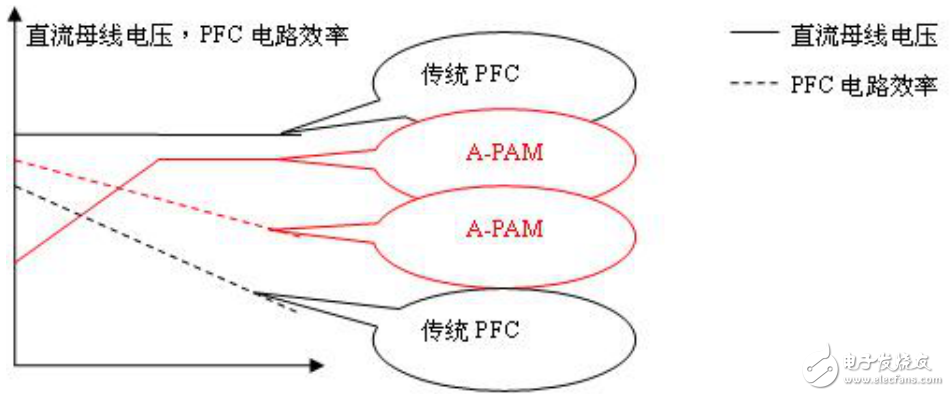
In addition, the A-PAM technology does not require a hardware circuit to detect the zero-crossing point or amplitude of the AC voltage, which further reduces the system cost. 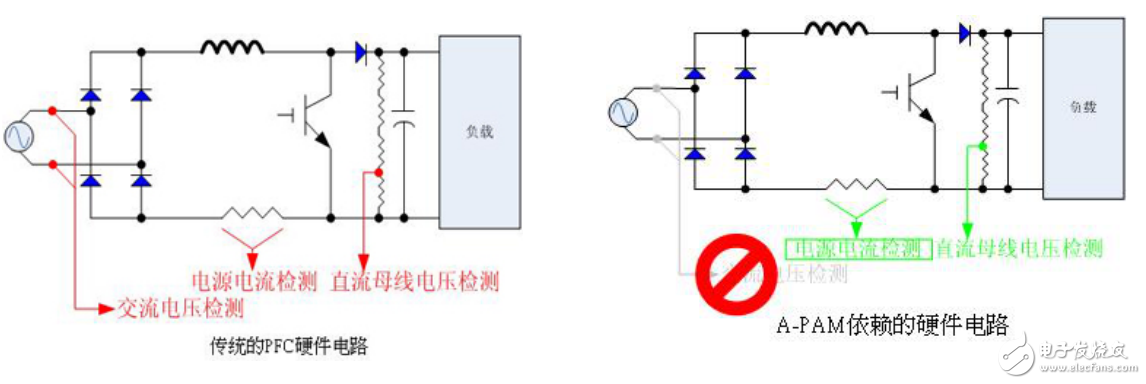
(2) Advanced compressor drive technology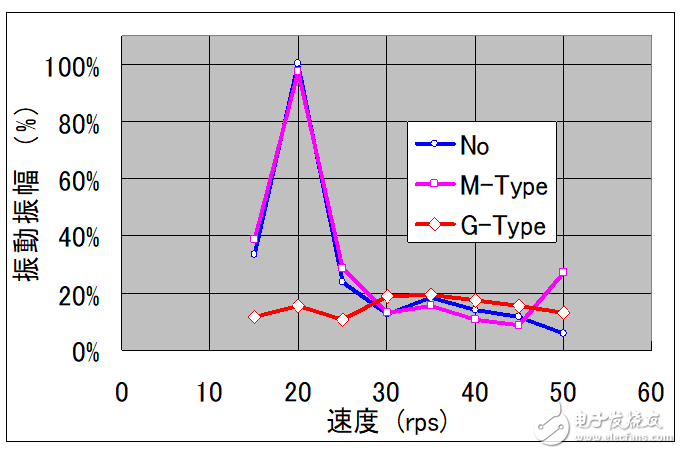
The comparison chart of the vibration amplitude of the system at various speeds under various torque controls.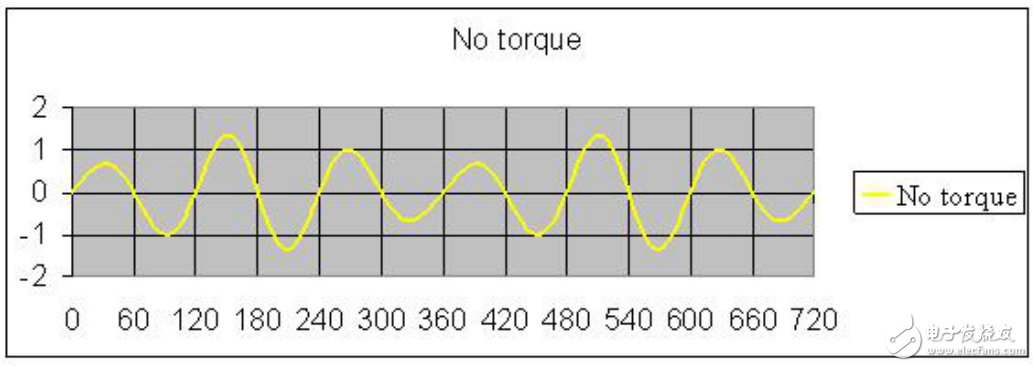

Linear modulation 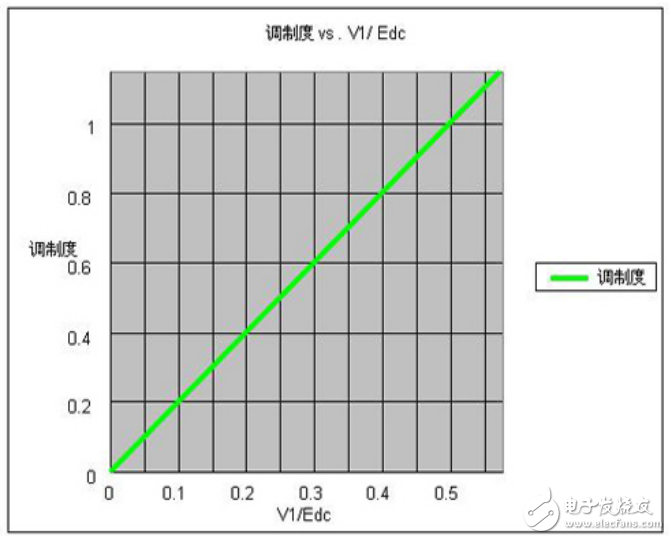
Under the condition that the degree of harmonic distortion is less than 10%, the overmodulation technique of RAMDA algorithm is applied, and the maximum degree of modulation can reach 2.
Overmodulation 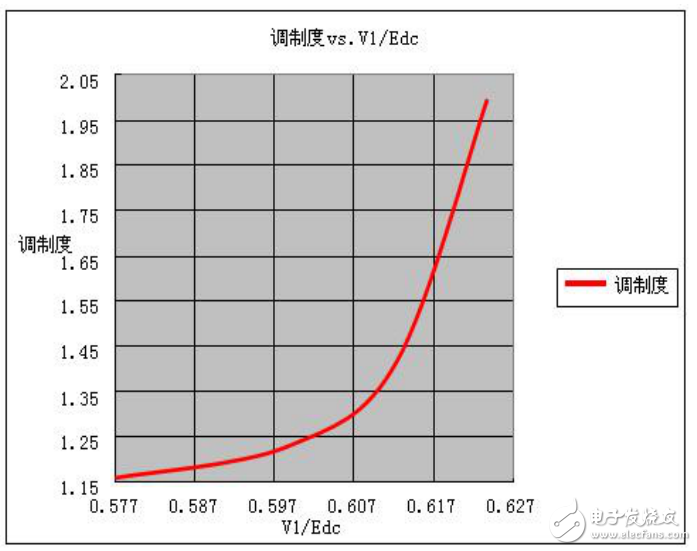
Field weakening control function
As the speed continues to increase, the amplitude of the induced voltage in the winding is getting higher and higher. When the DC bus voltage is constant, the amplitude of the winding terminal voltage is limited. In this way, if the voltage command is still sent according to algorithms such as MTPA, the winding voltage is even lower than the voltage of the induced electromotive force, which will result in insufficient current in the winding and the inverter cannot deliver enough power to the motor. In order to solve this problem, a negative current is deliberately added to the d-axis to make the phase of the winding voltage lead the induced electromotive force to maintain the power output to the motor. This is the field weakening control. For IPM motors, we define three "realms" of field weakening 1) MTPA algorithm that makes full use of permanent magnet torque and reluctance torque. 2) Under certain conditions of the DC bus voltage, the “shallow field weakening†that keeps the output torque constant 3) Under the certain conditions of the DC bus voltage, the “deep field weakening†that keeps high speed and constant output power. 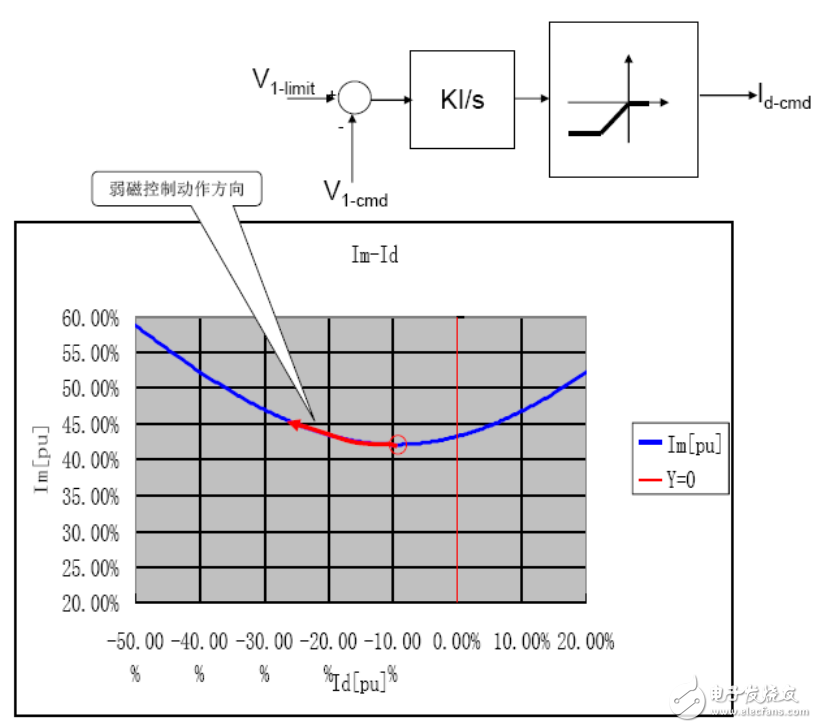
introduction